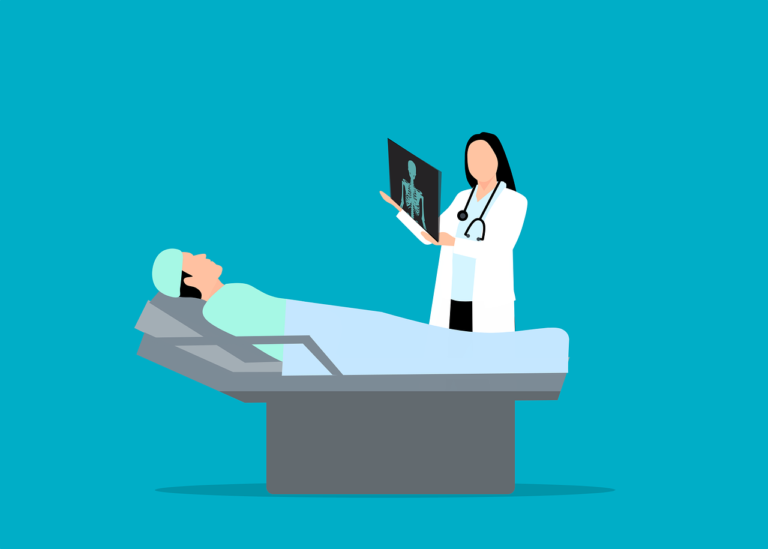Book Appointment Now

Nursing Informatics Theory
As healthcare increasingly embraces technology, nursing informatics has become a critical field that merges nursing science, computer science, and information management. A cornerstone of this field is nursing informatics theory, which provides the theoretical frameworks and models that guide the use of technology in healthcare. By applying these theories, nursing professionals can better manage patient data, enhance care delivery, and support clinical decision-making. In this article, we will explore key aspects of nursing informatics theory, its development, and its role in modern nursing practice.
Looking for essay writing help about nursing informatics theory paper?
Help With Nursing Essay
What is Nursing Informatics Theory?
Nursing informatics theory refers to the set of theories, models, and frameworks that underpin the use of information systems and technologies in nursing practice. These theories help guide the design, implementation, and evaluation of health informatics tools, ensuring that they meet the needs of both nurses and patients. The field emerged as nursing practice began to integrate digital tools such as electronic health records (EHRs), clinical decision support systems, and telemedicine platforms.
Importance of Nursing Informatics Theory
- Improved patient outcomes: Informatics theories support the design of systems that enhance clinical decision-making and streamline workflows, leading to better patient care.
- Enhanced nursing efficiency: By structuring data management and system use, these theories help optimize nursing workflows and reduce time spent on administrative tasks.
- Standardized care: Informatics models promote the use of standardized terminologies and protocols, improving communication and collaboration across healthcare teams.
Development of Nursing Informatics Theories, Models, and Frameworks
Nursing informatics theory has evolved alongside advances in healthcare technology. Many of these theories borrow elements from both nursing science and information science, creating a unique blend of interdisciplinary knowledge.
What was the First Proposed Nursing Informatics Theory?
The first proposed nursing informatics theory is often attributed to Patricia Schwirian’s Model of nursing informatics, introduced in 1986. Schwirian’s model focused on how nurses could use information systems to support nursing practice and decision-making. The model identified the essential components of nursing informatics: data, information, and knowledge, which together form the foundation for modern informatics systems in healthcare.
Nursing Informatics Theories, Models, and Frameworks
Several other models and frameworks have been developed to support nursing informatics, each contributing unique insights into the application of technology in healthcare:
- Graves and Corcoran’s Model (1989): This model highlights the importance of nursing data processing, focusing on how data, information, and knowledge interact to support clinical decisions.
- Nelson Data, Information, Knowledge, and Wisdom (DIKW) Framework: This popular framework outlines how nurses transform raw data into actionable wisdom through various stages of processing and interpretation.
- Rogers’ Diffusion of Innovation Theory: Though not exclusive to nursing informatics, this theory is often applied to explain how new technologies and systems are adopted in nursing practice.
Each of these models emphasizes a different aspect of technology integration, providing a comprehensive theoretical foundation for advancing nursing informatics.
Key Components of Nursing Informatics Theory
Nursing informatics theory revolves around several key components that are central to understanding how information systems can enhance nursing practice:
1. Data, Information, and Knowledge
The concepts of data, information, and knowledge are at the heart of nursing informatics theory. Data refers to raw, unprocessed facts, while information represents data that has been organized and given context. Knowledge is the next step, as it involves applying this information to make informed decisions in clinical practice.
Example:
- Data: Patient’s blood pressure is 140/90 mmHg.
- Information: High blood pressure suggests the patient may have hypertension.
- Knowledge: Based on hypertension guidelines, the nurse recommends lifestyle changes and medication adjustments.
2. Technology Integration
Nursing informatics theory examines how technology can be integrated into nursing workflows. This includes the development and use of electronic health records (EHRs), telehealth systems, and clinical decision support tools that allow nurses to deliver care more efficiently and accurately.
3. Decision-Making Support
A key function of informatics systems is their ability to support clinical decision-making. Informatics tools provide nurses with real-time access to patient data, alerts, and evidence-based guidelines that assist in diagnosing conditions and managing care. Also check Nursing’s Role in Decision Making Selecting Information Systems essay assignment.
Nursing Informatics Framework and Its Application
The nursing informatics framework provides a roadmap for how technology can be effectively incorporated into nursing practice. This framework includes several layers that guide the development and use of informatics systems, focusing on their alignment with nursing goals, healthcare policies, and patient needs.
Nursing Informatics Framework Components:
- Policy and Regulation: Ensures that informatics systems comply with healthcare standards and regulations.
- Systems Design: Focuses on creating user-friendly tools that meet the specific needs of nursing staff.
- Training and Education: Highlights the importance of educating nurses on the use of informatics systems to maximize their effectiveness in clinical settings.
- Evaluation and Feedback: Continuous assessment of the system’s impact on care quality and efficiency.
By using these frameworks, nurse informaticists can ensure that technology not only supports healthcare delivery but also aligns with the core values of the nursing profession.
What is the Role of Nursing Informatics?
Nursing informatics plays a crucial role in bridging the gap between technology and nursing practice. Nurse informaticists act as liaisons between IT professionals and healthcare teams, ensuring that the technology is effectively integrated into clinical workflows.
The Role of Nursing Informatics Includes:
- Improving patient safety: Informatics tools help minimize errors by standardizing documentation and providing real-time decision support. See Nursing Informatics and Patient Safety Sample Paper.
- Enhancing communication: EHRs and telehealth platforms facilitate better communication between nurses, patients, and interdisciplinary teams.
- Advancing nursing education: Nursing informatics contributes to developing training programs that equip nurses with the digital literacy skills necessary in modern healthcare.
Nursing Informatics Resources
For those looking to explore more about nursing informatics theory, there are several valuable resources available, including PDFs, presentations, and articles. These resources can provide in-depth knowledge on theories, models, and their practical applications in nursing practice.
- Nursing Informatics Theory PDF: Offers detailed information on key theories and models.
- Nursing Informatics Theory PPT: Useful for educational purposes, providing slides on the fundamental concepts of nursing informatics.
- Nursing Informatics Theory SlideShare: A platform where various nursing informatics professionals share presentations on relevant theories and practices.
Nursing informatics theory is integral to the evolving healthcare landscape, providing the foundation for how information systems can be used to enhance nursing practice. By understanding key theories, models, and frameworks, nurses and healthcare professionals can ensure that informatics tools are effectively integrated into patient care. The role of nursing informatics continues to grow, driving innovation, improving patient outcomes, and ensuring that healthcare systems remain efficient and patient-centered.
Also read:
- NUR 514 The Evolution of Nursing Informatics
- NUR-514 Topic 7: Informatics in Practice Assignment
- UR 514 Week 3 Assignment Organizational Leadership and Informatics







